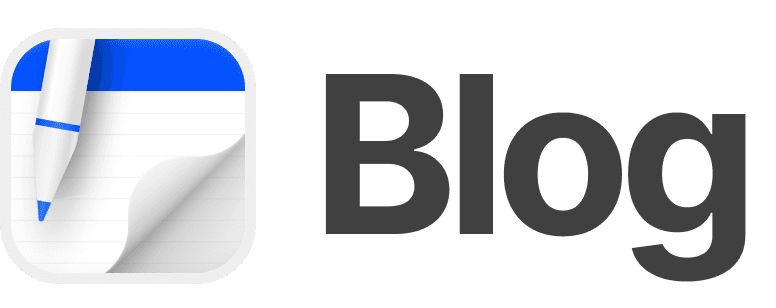Written by
Timon Harz
The Benefits of Using Mind Maps for Note-Taking
In today's fast-paced world, note-taking has become an essential skill for students, professionals, and anyone looking to stay organized. With the abundance of information available, it's easy to get overwhelmed and struggle to retain what's most important. This is where mind maps come in – a powerful tool that can revolutionize the way you take notes and process information. In this post, we'll explore the benefits of using mind maps for note-taking and provide tips on how to get started.
What is a Mind Map?
A mind map is a visual representation of ideas, concepts, and information. It's a diagram that uses words, images, colors, and shapes to create a web-like structure that connects related ideas. Mind maps are similar to concept maps, but they're more visually engaging and flexible. They can be created using paper, digital tools, or even whiteboards.
Benefits of Using Mind Maps for Note-Taking
- Improved Retention: Mind maps help you retain information better because they engage multiple senses – visual, auditory, and kinesthetic. By creating a visual representation of information, you're more likely to remember it.
- Enhanced Organization: Mind maps help you organize your thoughts and ideas in a clear and concise manner. They allow you to see relationships between ideas and concepts, making it easier to review and study.
- Increased Creativity: Mind maps encourage creativity and out-of-the-box thinking. By using colors, images, and shapes, you can stimulate your imagination and generate new ideas.
- Better Time Management: Mind maps help you prioritize information and focus on what's most important. They allow you to break down complex topics into manageable chunks, making it easier to allocate your time effectively.
- Reduced Stress: Creating a mind map can be a calming and meditative experience. It allows you to take a step back, reflect on information, and process it in a more relaxed manner.
- Improved Communication: Mind maps can be shared with others, making it easier to communicate complex ideas and concepts. They're a great tool for brainstorming, collaborating, and presenting information.
- Multisensory Learning: Mind maps cater to different learning styles – visual, auditory, and kinesthetic. They allow you to incorporate different types of media, such as images, videos, and audio clips, making learning more engaging and effective.
How to Create Effective Mind Maps for Note-Taking
- Start with a Central Idea: Begin by writing down the main topic or idea in the center of your mind map.
- Use Keywords and Images: Use keywords and images to represent related ideas and concepts. Avoid using too much text – keep it concise and focused.
- Create Branches and Sub-Branches: Use lines and branches to connect related ideas and concepts. Create sub-branches to break down complex topics into smaller, more manageable chunks.
- Use Colors and Shapes: Use colors and shapes to highlight important information, categorize ideas, and add visual interest to your mind map.
- Keep it Simple: Don't overcomplicate your mind map. Keep it simple, clear, and concise. Avoid using too many colors or shapes – focus on the main ideas and concepts.
- Review and Refine: Review your mind map regularly and refine it as needed. Update it with new information, remove unnecessary branches, and revise your keywords and images.
Digital Tools for Creating Mind Maps
- MindMeister: A popular online mind mapping tool that offers a range of features, including collaboration, sharing, and exporting options.
- Lucidchart: A digital tool that allows you to create mind maps, diagrams, and flowcharts. It offers a range of templates and collaboration features.
- XMind: A comprehensive mind mapping tool that offers a range of features, including Gantt charts, Kanban boards, and project management tools.
- Coggle: A simple online tool that allows you to create mind maps, diagrams, and flowcharts. It offers a range of templates and collaboration features.
Conclusion
Mind maps are a powerful tool for note-taking that offers a range of benefits, from improved retention and organization to increased creativity and reduced stress. By following the tips outlined in this post, you can create effective mind maps that help you stay organized, focused, and productive. Whether you're a student, professional, or simply someone looking to stay on top of information, mind maps are a valuable skill to master.If you're looking for a powerful, student-friendly note-taking app, look no further than Oneboard. Designed to enhance your learning experience, Oneboard offers seamless handwriting and typing capabilities, intuitive organization features, and advanced tools to boost productivity. Whether you're annotating PDFs, organizing class notes, or brainstorming ideas, Oneboard simplifies it all with its user-focused design. Experience the best of digital note-taking and make your study sessions more effective with Oneboard. Download Oneboard on the App Store.
Other posts
The Benefits of Mindful Note-taking for Students
Discover the transformative benefits of mindful note-taking for students in our latest blog post. Learn how this effective technique enhances focus, retention, and understanding, leading to improved academic performance. Explore practical tips and strategies to incorporate mindfulness into your note-taking routine, making studying more engaging and productive. Perfect for students seeking to elevate their learning experience!
How to Use AI to Automate Your Note-taking Tasks
Discover how to streamline your note-taking process with AI! In this blog post, we explore innovative tools and techniques to automate your note-taking tasks, enhance productivity, and improve organization. Learn practical tips on integrating AI into your workflow, making your note-taking smarter and more efficient. Perfect for students, professionals, and anyone looking to save time and boost their efficiency!
The Importance of Reflection in Student Learning: How to Reflect Effectively
Discover the critical role of reflection in student learning and explore effective strategies for implementing reflective practices. This blog post delves into the benefits of reflection, offers practical tips for students, and highlights techniques to enhance learning outcomes. Unlock the potential of reflective thinking to boost academic success and personal growth!
Company
About
Blog
Careers
Press
Legal
Privacy
Terms
Security

